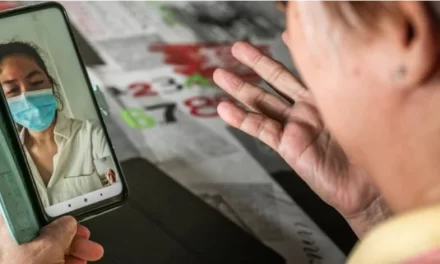In a concerning revelation for healthcare professionals, a recent study published in the American Journal of Infection Control (AJIC) highlights that high-touch hospital surfaces, despite adherence to recommended disinfection protocols, continue to host microbial contamination, including harmful pathogens. The findings underscore the persistent challenge of reducing healthcare-associated infections (HAIs) and call attention to the need for innovative strategies to enhance the effectiveness of surface disinfection in healthcare settings.
Conducted at the Central Texas Veterans Healthcare System, the study collected samples from 400 surfaces, focusing on high-touch areas such as simulation manikins used for resuscitation practice, workstations on wheels, breakroom tables, bed rails, and computer keyboards at nurse’s stations. Despite routine disinfection efforts, all tested surfaces were found to harbor bacteria, with simulation manikins and bed rails exhibiting the most diverse types of bacteria.
In total, the researchers identified 60 different types of bacteria across all samples, including 18 well-known human pathogens and several bacteria with potential pathogenicity under specific circumstances. Common pathogenic bacteria identified included Enterococcus, Staphylococcus aureus, Streptococcus, Escherichia coli, and Klebsiella aerogenes, among others. Some of these bacteria have been associated with serious infections such as central-line associated bloodstream infections, meningitis, and endocarditis.
Alarmingly, approximately half of the identified bacteria in the samples were also found in clinical samples collected from patients during 2022, indicating a potential link between contaminated surfaces and patient infections.
Piyali Chatterjee, Research Scientist at Central Texas Veterans Healthcare System, expressed frustration among healthcare professionals about the persistence of HAIs despite rigorous disinfection practices. She emphasized that the study’s findings underscore the need for enhanced measures to protect both patients and hospital employees.
The study’s implications suggest that current best practices in routine hospital disinfection may not be sufficient, especially for frequently touched surfaces. The need for novel and more effective strategies to prevent the spread of pathogens in healthcare settings is evident, prompting a reevaluation of existing protocols and the introduction of innovative approaches to safeguard patient and staff well-being.










